Through a Different Lens: Stanley Kubrick at the Skirball
On view at the Skirball Cultural Center through March 8, 2020
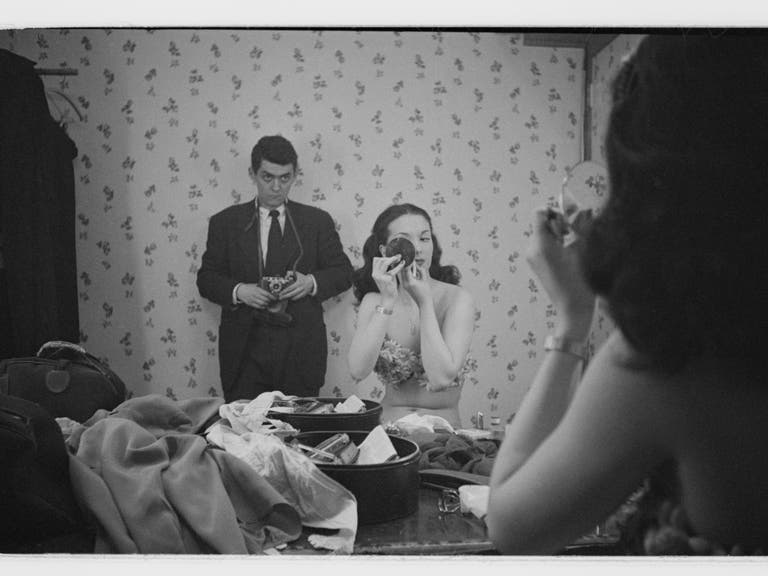
Stanley Kubrick. Rosemary Williams: Showgirl. 1949. Museum of the City of New York. The Look Collection. Used with permission of Museum of the City of New York and SK Film Archives.
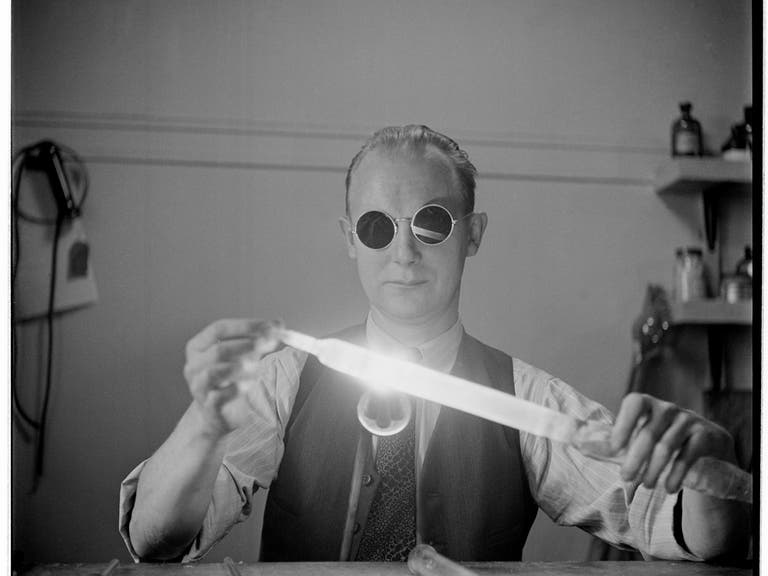
Stanley Kubrick. Columbia University. 1948. Museum of the City of New York. The Look Collection. Used with permission of Museum of the City of New York and SK Film Archives.
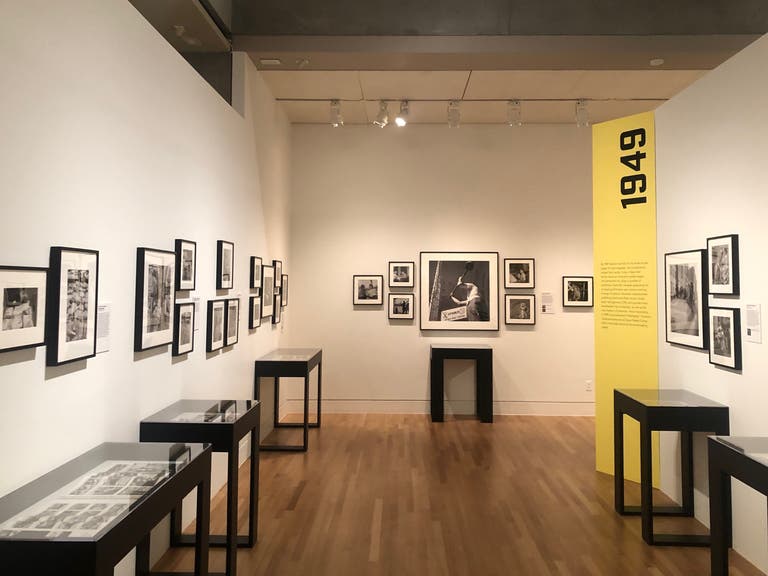
Through a Different Lens: Stanley Kubrick Photographs at Skirball Cultural Center
| Photo: Daniel DjangLegendary filmmaker Stanley Kubrick (1928–1999) is renowned around the world for iconic films such as Dr. Strangelove (1964), 2001: A Space Odyssey (1968), A Clockwork Orange (1971), and The Shining (1980). In 1945, the future director was just a teenager—albeit one with an uncanny photographic sensibility who began scouting human-interest stories for the pictorial magazine Look.
Now on view through March 8, 2020 at the Skirball Cultural Center, Through a Different Lens: Stanley Kubrick Photographs explores this formative phase in Kubrick’s career, during which he cultivated his innate talent for storytelling and image-making. More than 130 photographs on view serve as clear indicators of how an amateur photographer from the Bronx would later direct some of the greatest movies of all time.
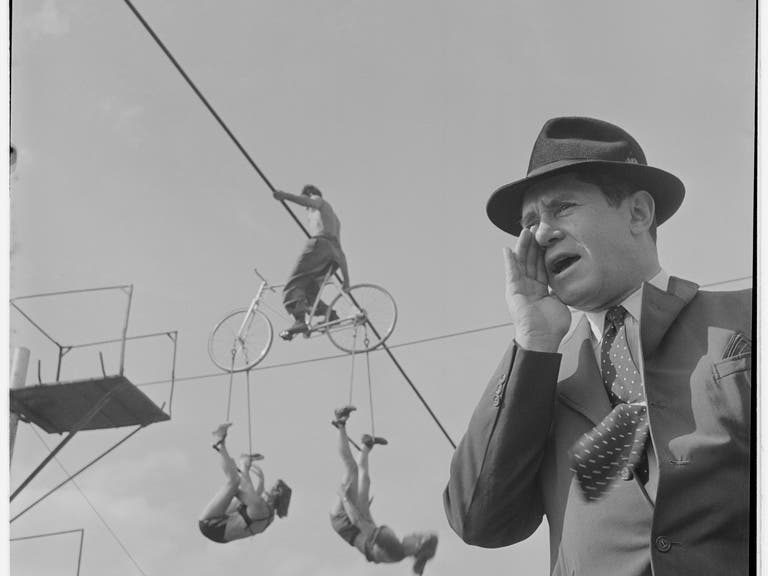
Stanley Kubrick was only 17 when he sold his first photograph to Look - an image of a dejected newsstand vendor the day after the death of President Franklin D. Roosevelt. For his first assignments, Kubrick's subsequent photographs (many of them unpublished) focused on nightclubs, street scenes, and sporting events. Capturing everyday life with a sophistication that belied his young age, Kubrick produced work that was far ahead of his time and centered on themes that would inspire him throughout his creative life.
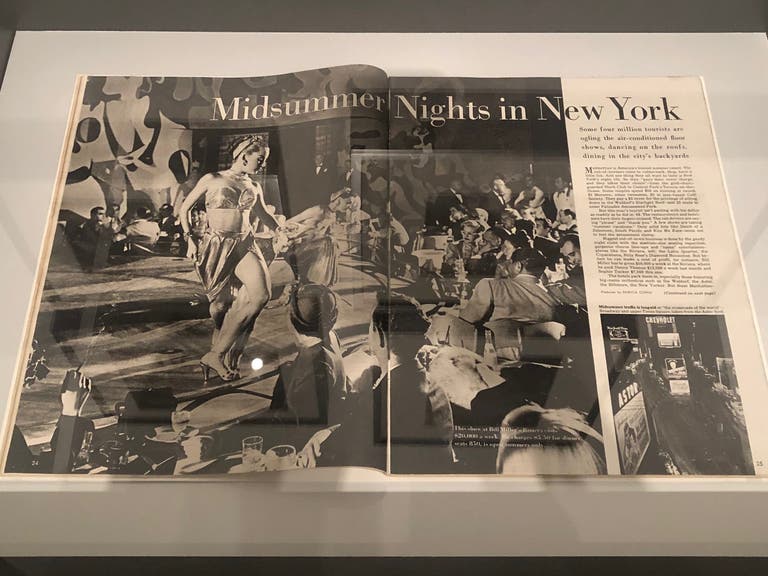
Organized by the Museum of the City of New York (MCNY) in collaboration with the SK Film Archives LLC, Through a Different Lens: Stanley Kubrick Photographs draws from the museum’s extensive Look magazine archive. The photographs are exhibited alongside the Look issues in which they appeared, providing the journalistic context in which Kubrick’s photographs were viewed by the general public. The exhibition follows along as Kubrick took a kaleidoscopic view of city life, from the gritty to the glamorous. In his photos of celebrities and everyday people alike, Kubrick revealed the hundreds of human dramas unfolding at any moment.

Through a Different Lens: Stanley Kubrick Photographs introduces visitors to four key themes that shaped Kubrick’s early work as a photographer and to which he would return throughout his film career.
Looking—Kubrick’s work for Look advanced his ways of seeing and his fascination with human relationships. He often photographed unsuspecting subjects engaged in intimate interactions or caught others in the act of looking.
Mastering the System—Post-war observers were obsessed with the impact of organizations on American life, and Kubrick encountered many complex organizations while working for Look. These experiences prepared him for success in the motion picture industry.
Media Savvy—Of the topics Kubrick covered for Look, none aligned more closely with his interest in film than his exploration of media and entertainment. His celebrity profiles exposed him to the ways that famous people crafted their public personas, and he was often on set, witnessing the production process up close.
Visual Style—At Look, Kubrick mastered the skills of framing, composing, and lighting. While the magazine’s editors preferred straightforward composition and natural lighting typical of contemporary photojournalism, Kubrick frequently imitated the brooding style of the Hollywood film noirs he so admired.
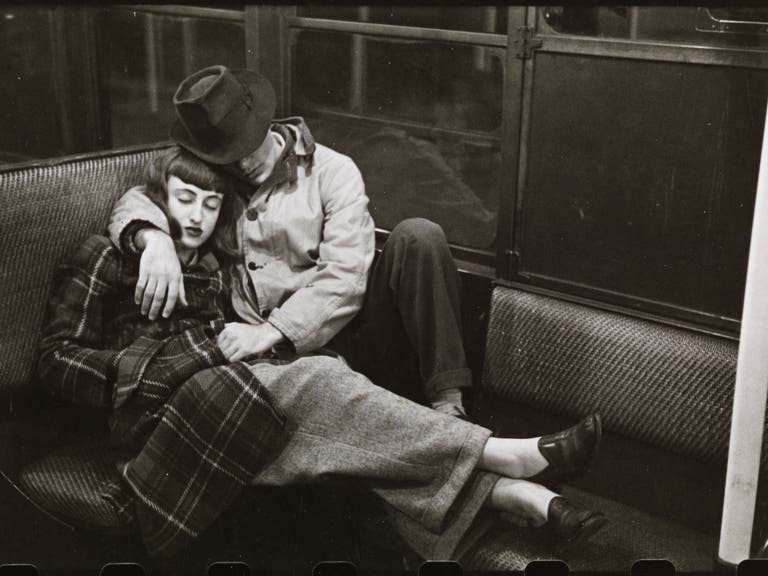
For an emerging photographer like Kubrick, there was no better place to be at that time than New York City, home to the nation’s two leading pictorial magazines, Life and Look. After Kubrick graduated from high school in 1946, Look hired him as an apprentice. Kubrick’s name first appeared on the masthead as staff photographer in the issue dated Jan. 7, 1947. His first extended assignment, “Life and Love on the New York Subway,” was published two months later.
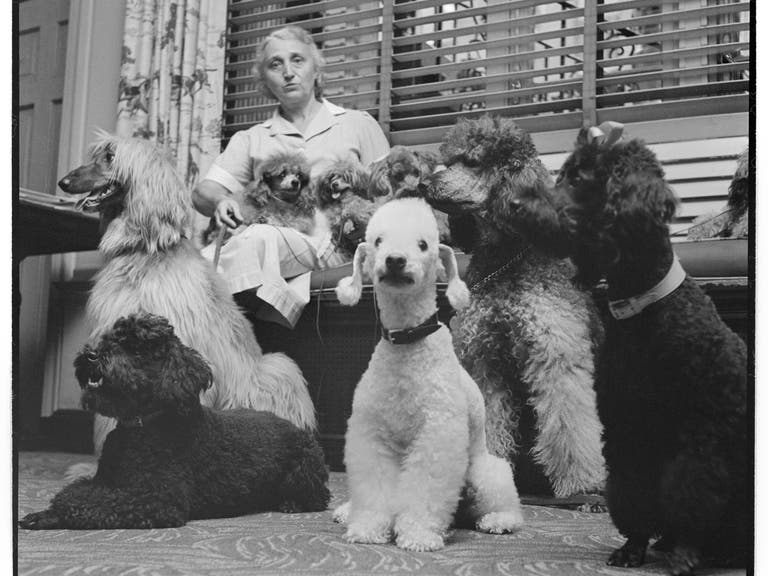
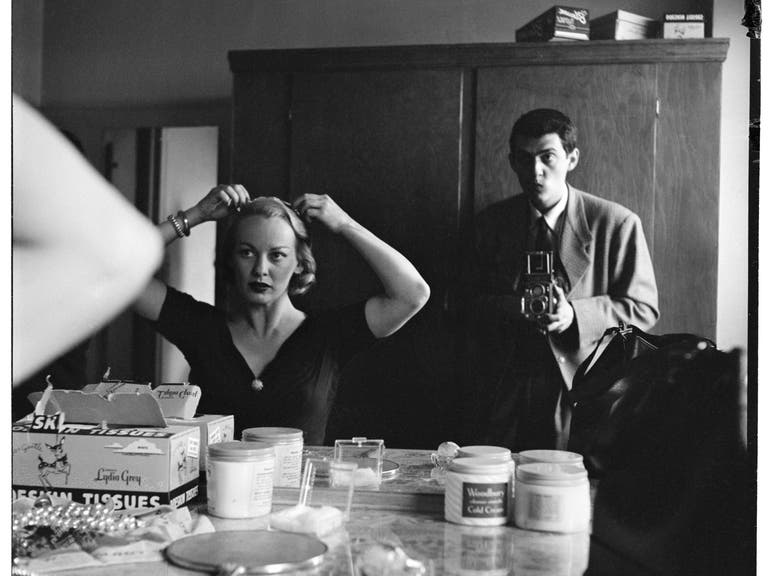
By 1949, Kubrick had hit his stride on the pages of Look. His contributions ranged from quirky, only-in-New-York stories to extended profiles of famous cultural figures. For an aspiring filmmaker, what was especially valuable was the chance to cover post-war American entertainment—from cartoonist Peter Arno, actor Montgomery Clift, and bandleader Guy Lombardo to the rising new medium of television.
In 1950, the last year in which he published his photographs extensively in Look, Kubrick created a series of celebrity profiles. His subjects were composer-conductor Leonard Bernstein, late-night television personality Faye Emerson, and boxer Rocky Graziano, among others.
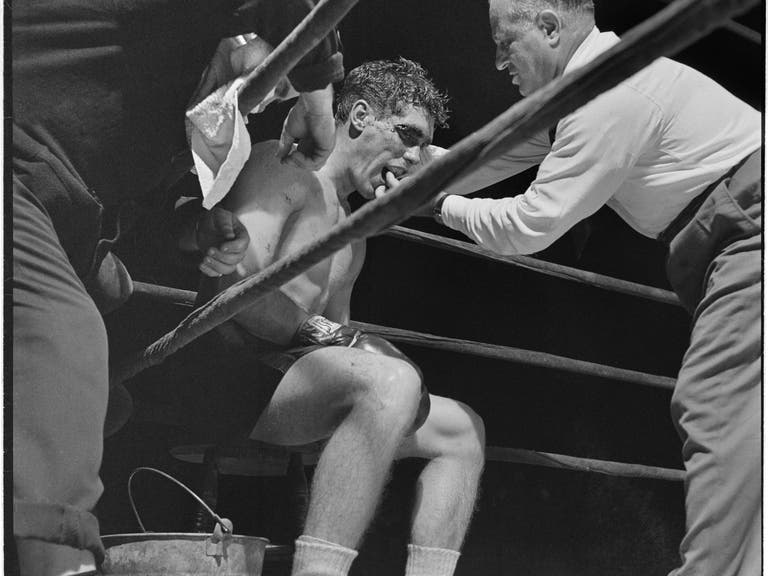
Through a Different Lens culminates in an epilogue that probes the connections between Kubrick the photographer and Kubrick the director. This final section gives visitors the chance to watch Kubrick’s first independently produced documentary, Day of the Fight (1951), which he began working on while completing his tenure at the magazine. The film was based on his 1949 Look article titled “Prizefighter,” on boxer Walter Cartier. Kubrick’s photographic work for the article became the storyboard for the film, enabling him to work out the scenes, camera angles, framing, and lighting before he began shooting. Kubrick maintained this practice of storyboarding from photographs throughout his career. This is evident in an excerpt from his second feature film, Killer’s Kiss (1955), which will also be screened in the gallery. Killer’s Kiss owes a great debt to the film noir aesthetic and subject matter that Kubrick explored at Look.
The Skirball offers docent-led tours of Through a Different Lens on Tuesdays, Wednesdays, and Fridays: 1:00–2:00 p.m.; and Thursdays, Saturdays, and Sundays: 1:00–2:00 and 2:30–3:30 p.m.
Through a Different Lens: Stanley Kubrick Photographs
Skirball Cultural Center
2701 N. Sepulveda Blvd, Los Angeles 90049
(310) 440-4500
